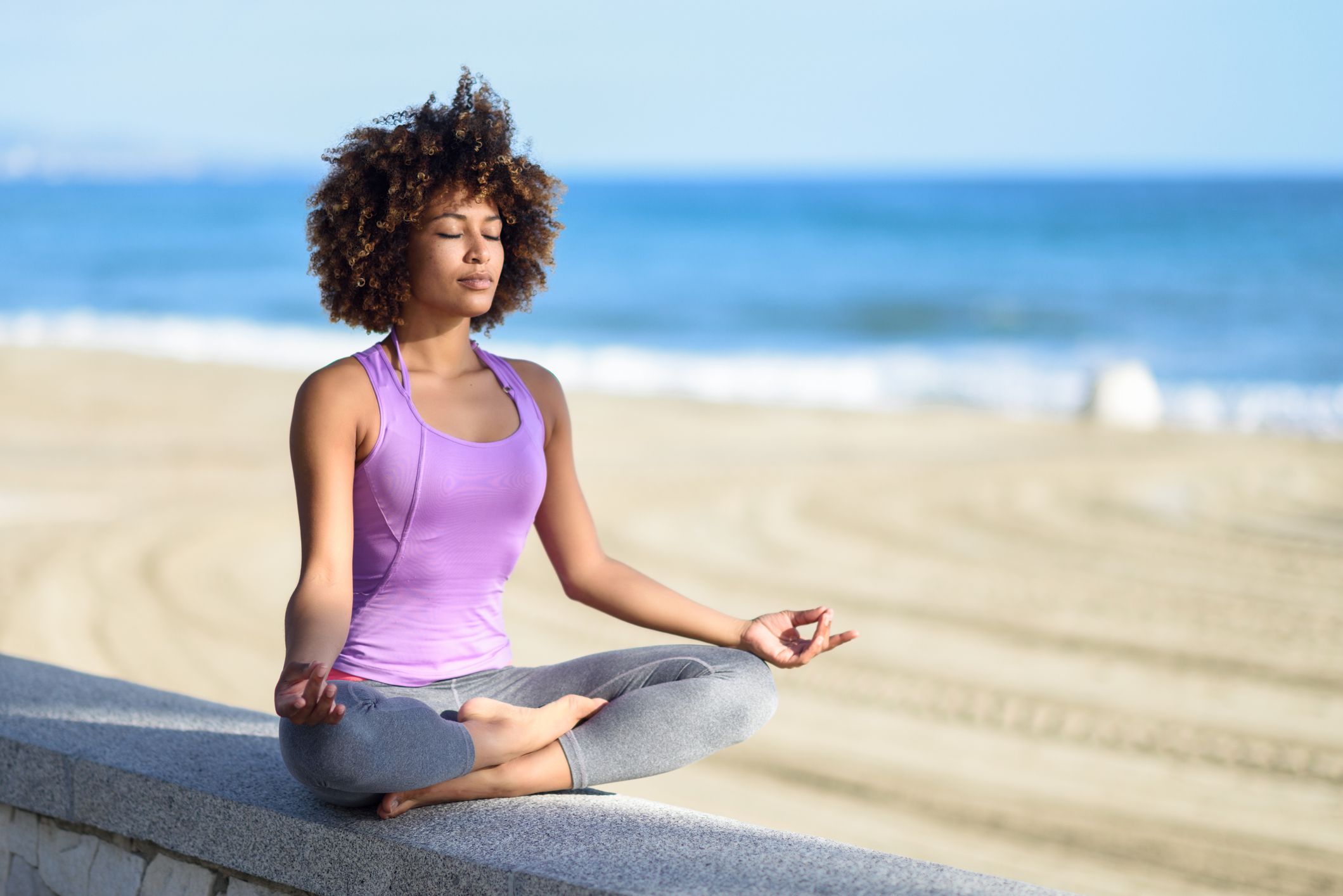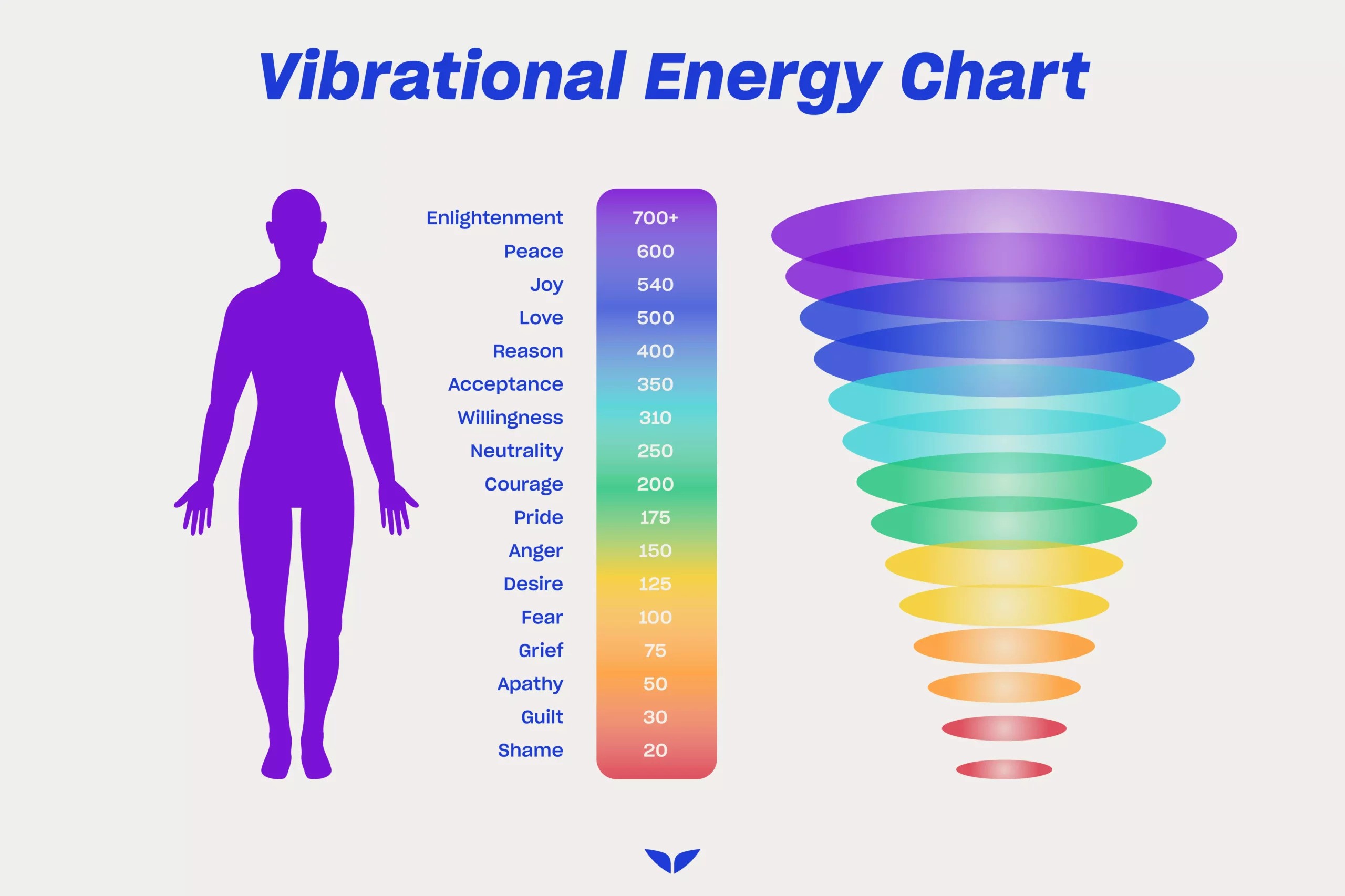What Is The Best Meditation For Beginners At Home?
In this article, we will talk about the best techniques for meditation for beginners at home and also how you can get started with these practices. Calming or insight meditation are two terms that are frequently used to describe meditation techniques. Calming meditation aims to build a calmer, more serene state of mind as well as better concentration. The majority of relaxing meditation techniques entail focusing on a single item — your breath, a mantra, a vision, a physical object, or even physical sensations in your body — and returning to that object anytime you become distracted or detect your mind wandering.
People who practice insight meditation, on the other hand, frequently set an intention to improve their minds by cultivating traits like wisdom and compassion. Focusing on the breath and being aware of and noticing any physical and mental sensations that arise are all part of insight meditation.
The fascinating thing about meditation is that it doesn't have to be either peaceful or insightful. Many meditation techniques, including those found in the Headspace app, incorporate components of both. These meditations not only help us discover calm and mental stillness, but they also boost our sense of well-being, happiness, and empathy for others.
Best Meditation For Beginners At Home

The following are ten of the most well-known meditation techniques:
1. Mindfulness meditation
The most common meditation practice in the West is mindfulness meditation, which is based on Buddhist teachings.
You pay attention to your ideas as they flow through your mind in mindfulness meditation. You don't judge or become concerned with your thoughts. You simply look for patterns and make a note of them.
This technique incorporates both attention and awareness. While observing any physiological sensations, thoughts, or feelings, you might find it beneficial to focus on an item or your breath.
This sort of meditation is helpful for persons who don't have access to an instructor because it can be done alone.
2. Loving-kindness meditation
Loving-kindness meditation's purpose is to build a loving and caring attitude toward everything, even one's opponents and sources of stress.
Practitioners open their minds to accepting love kindness while breathing deeply. They then convey messages of love and generosity to the entire planet, as well as to individual people and loved ones.
The key to most forms of this meditation is to repeat the message several times until the practitioner experiences a sense of loving-kindness.
Loving-kindness Meditation is intended to foster feelings of compassion and love for others as well as for oneself.
It can assist those who are affected by:
- anger
- frustration
- resentment
- interpersonal conflict
3. Focused meditation
Concentration on any of the five senses is required for focused meditation.
You can, for example, concentrate on something internal, such as your breathing, or you can bring in external factors to assist you in focus.
Counting mala beads, listening to a gong, or staring at a candle flame are all good ways to relax.
Although this technique appears straightforward in theory, beginners may find it challenging to maintain their focus for more than a few minutes at first.
It's critical to return to the practice and refocus whenever your mind wanders.
This practice is perfect for anyone who needs more focus in their lives, as the name implies.
4. Breath awareness meditation
Breath awareness is a sort of mindful meditation that urges people to pay attention to their breathing.
Counting their breaths or otherwise focusing on their breaths, practitioners breathe slowly and profoundly. The idea is to concentrate solely on breathing while ignoring all other thoughts that arise.
Breath awareness, as a type of mindfulness meditation, has many of the same advantages as mindfulness meditation. Reduced anxiety, higher attention, and increased emotional flexibility are just a few of the benefits.
5. Mantra meditation
Many teachings, including Hindu and Buddhist traditions, emphasize mantra meditation. To clear the mind, this style of meditation uses a repeated sound. It might be a word, phrase, or sound, like the well-known "Om."
It makes no difference whether you say your mantra loudly or quietly. You'll be more aware and in tune with your surroundings after chanting the mantra for a while. This permits you to reach higher states of consciousness.
Some people prefer mantra meditation because it is easier to concentrate on a single word rather than their breath. This is also a useful technique for folks who appreciate repetition but dislike silence.
6. Zen meditation
Zen meditation, also known as Zazen meditation, is a type of meditation that can be practiced as part of Buddhist practice. Because Zen meditation entails certain stages and postures, many Zen practitioners train under a teacher.
Finding a comfortable position, focusing on breathing, and carefully observing one's thoughts without judgment is the goal.
This type of meditation is comparable to mindfulness meditation, but it requires more effort and discipline. People who are looking for both leisure and a new spiritual path may prefer it.
7. Transcendental Meditation
A common form of meditation is Transcendental Meditation. The scientific community has conducted various investigations on this practice.
It uses a mantra or string of phrases that are unique to each practitioner, making it more adjustable than mantra meditation.
This meditation practice is for individuals who enjoy structure and are dedicated to their meditation practice.
8. Visualization meditation
Visualization meditation is a practice that focuses on imagining good sceneries or images to increase emotions of relaxation, tranquility, and calmness.
It's critical to envision the situation clearly and use all five senses to add as much detail as possible during this exercise.
Another type of vision meditation involves visualizing yourself achieving specific goals in order to improve focus and motivation.
Many people practice visualization meditation to improve their mood, reduce stress, and find inner peace.
9. Chakra meditation
The goal of this meditation is to keep the body's core chakras - energy centers open, aligned, and flowing. Chakra meditation can assist to restore balance to chakras that have been blocked or imbalanced, resulting in unpleasant physical and mental symptoms.
10. Resting awareness
Instead of focusing on the breath or visualization, this technique entails allowing the mind to genuinely rest; thoughts may arrive, but instead of distracting you and drawing you away from the present moment, they gently float away.
How to get started with meditation for beginners
1. Take a seat on a cushion or on a chair that is comfortable for you. Don't slouch, but your back also doesn't have to be perfectly straight. To support your back, you might want to try sitting against a wall at first. To make yourself more comfortable, place extra pillows beneath your knees or anywhere else.
2. If sitting to meditation isn't appealing, try lying down. The author of Meditation for Wimps, Miriam Austin, suggests lying on the floor with your calves and feet propped up on a chair seat.
3. Before you begin to meditate, listen to music to help you relax. Once you've started, turn it off.
4. Set a digital timer. Start with five minutes and gradually increase to ten, fifteen, and finally twenty. It will most likely take weeks or months to extend your practice time. Avoid putting oneself on a timetable. It's acceptable to go at your own pace.
5. Breathe normally through your nose while closing your mouth. You can have your eyes open or closed. Concentrate on the movement of your breath in and out of your nostrils, or on the rise and fall of your stomach.
6. Bring your attention back to the breath when you find your mind drifting. It'll be tempting to drift asleep, especially if you're lying down, so be careful. While it is not the purpose of meditation to shut off your thoughts, it is also not the goal of judging the meditative process. Whatever feelings or thoughts arise as you start to meditate (and eventually practice on a regular basis), simply return your attention to the breath. And once more.
There is a meditation practice for everyone, whether you want to decrease stress or discover spiritual enlightenment, find calm, or flow-through movement.
Don't be scared to venture outside of your comfort zone and attempt new things. It's generally a case of trial and error until you find the right one.
Allow yourself to be surprised by the possibilities. There are so many different types of meditation to choose from, that if one isn't working or you're not comfortable with it, try another.



